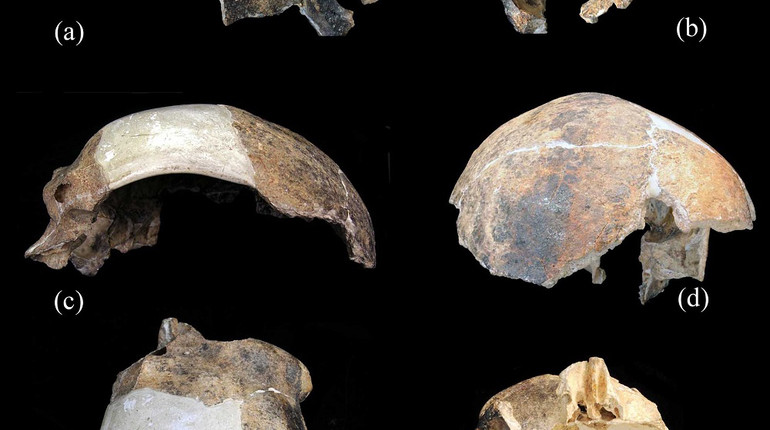In China found a skull that does not belong to any of the types of people

Maba 1/Photo from another study/university of the witwatersrand
Scientists have stated that the skull found in China at the age of 300,000 does not belong to any of the known species of human ancestors.
The skull known as Maba 1 was called « Chinese Neanderthal », but a new study showed that it does not fit into any known category, writes IFL Science.
Maba 1 consists of fragments of the skull and face bones, which are difficult to identify accurately. The find in 1958 was discovered by peasants from the province of Guandun, collecting fertilizer bats in the Guano.
The first studies pointed to the similarity of an unknown ancestor with Neanderthalsso Maba 1 was nicknamed « Chinese Neanderthal ».
The authors of the new study for the first time studied the internal structure of the skull – including sinuses, cranial cavity and diploe (spongy bone). The results were published in the journal American Journal of Biological Anthropology.
Using CT scanning, researchers found that the skull contains a combination of features inherent in various archaic hominids (that is, humanoid).
According to scientists, because of this MABA 1 it is impossible to uniquely attribute to any of the known species.
In general, the shape of the skull is closer to homo erectus than later species – homo neanderthalensis or homo sapiens. But the frontal lobe was too short so that Homo erectus could be considered.
« Maba 1 was considered » Chinese Neanderthal « because of the similarity– the authors say.
Previous phylogenetic studies also suggested that Maba 1 could be “Denisov’s man”. But the results of the CT scan showed that the volume of his brain is much smaller than the typical representatives of « Denisovians ».
« In view of all comparisons, MABA 1 cannot be classified within none of the well -known hominid groups », – the researchers summarize.
Such « anomalies » are actually characteristic of the middle playstone, because at this time there were several « lines » of human ancestors at the Earth.
Previously, « uncertain » remains were found not only in Asia but also in Africa, including Tanzania, Morocco and Zambia.
Some of them are partially reminiscent of Homo Sapiens, others – Homo heidelbergensis. Although they lived in different parts of the world, Maba 1 has more in common with them than with Neanderthals.
Therefore, the most accurate definition for MABA 1, according to the authors, – “not-homo erectus”.







